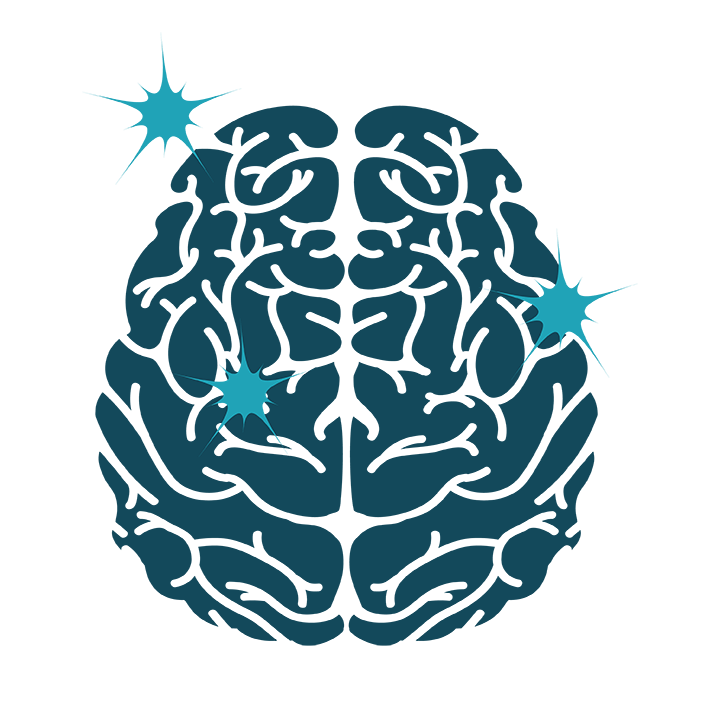Have you ever been to a physical therapist? Or have you ever wondered if you should have, but didn’t know if it was the right time?
If you’re having pain in your body, it can be easy to dismiss it (“I’ve had this back pain for 20 years, it’s just How. Things. Are”) or downplay it (“It’s ok, I’ll just limp around for the next month”).
The truth is, there’s a good chance that physical therapy can help you with your musculoskeletal pain, no matter how long you’ve had it, whether it’s an ankle sprain, chronic neck pain, or a tweaky shoulder.
This week I was a guest on the Body Nerd Show podcast (hosted by the endlessly brilliant Alexandra Ellis) to talk all things PT, including:
– When is the right time to go to physical therapy
– How to advocate for yourself and your needs if your PT is not effective
– The difference between PTs, chiropractors and massage therapists
– What small, achievable changes you can make to start feeling better in your body
If you’ve had unsatisfying experiences with PT, or if you just don’t know if it would be right for you, have a listen to this week’s episode of the Body Nerd show to find out.
I’d love to hear your PT experiences or questions in the comments!

